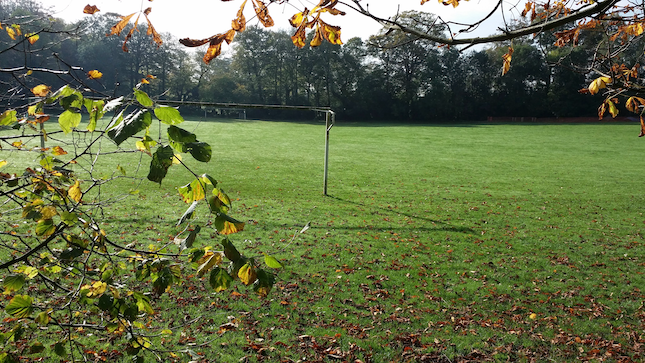Your Mystery’s Supporting Characters

Supporting Characters Make Your Sleuth Human
You mystery sleuth’s supporting characters show how your sleuth acts in the world. While suspects create the mystery, supporting characters deepen your reader’s connection with your sleuth.
A supporting character plays a role in the life of your sleuth—the protagonist. They are part of the backdrop to your sleuth’s story. These secondary characters are formed by life experiences, just like your main character. Creating a rich background for each supporting character deepens their humanity.
Supporting characters bring their life experiences to their interactions with your sleuth. As the two interact, your reader experiences the humanity of both characters. That is why your secondary characters must be as three-dimensional as your sleuth.
Secondary Character Development
Use a character bible to keep track of each character’s details. The most important aspect of your character is how they move the story. Define the story situation for the character in the story. Know their personal conflict. For secondary characters in a mystery, it’s how the character affects the detective’s attempt to solve the mystery. You need to know the character’s intention.
Characters have histories, thoughts, quirks, obsessions, and hobbies. They have a backstory, just like the detective does. It’s essential you understand these aspects of your character so you will understand how they may react to events in the story.
The more you delve into your secondary character’s development, the better you will understand how they will respond to a situation. It may be something your sleuth says or does to being locked in a dark cellar.
Each secondary character’s role in the mystery is to move the story forward through their relationship with the sleuth.
Basics to Know About Supporting Characters
Every writer has different ways of creating characters or choosing which details go in a character background. Supporting characters serve a role in your story, so follow these basics as you work them into the story scenes.
- Make them interesting. Give them imperfections that reflect their human weaknesses. They don’t need to be likeable as long as they are interesting. Opposition supporting characters push your sleuth’s boundaries. As individual characters, you will side-step time-worn archetypes to make the situation unique…interesting.
- Give them a unique name. Start each character name with a different alphabet letter. If your sleuth is named John, that’s it for J. No Jim as a secondary character. Using this simple tactic, helps readers identify each character and remember them when they appear again pages later.
- Give them unique dialogue. The way a character speaks is part of their differentiation in your story. Add pet phrases and words each character uses in your character background. You’ll remember these phrases as you create dialogue.
- Make them surprising. Just as you want your story to be unpredictable, give supporting characters about faces and “out of character” actions. You’ll add depth to the character and give the reader another reason to keep reading.
- Keep them in context. Supporting characters are just that. They support. They support the story. They act in relation to your sleuth and to suspects. Their actions, dialogue, thoughts and opinions must move the story forward. It’s easy to fall in love with a supporting character and give them more space than necessary. Always check that your supporting character is moving the story forward.
Supporting Characters Are the People of Your Mystery
A well-constructed secondary character has a character arc, a strong point of view, and clear personality traits. The reader may recognize them from their own life.
When you follow the basics to create and use a supporting character, you’ll avoid flat characters. Use their actions and conversations to contribute to worldbuilding, character development, and plot escalation.
Your reader will remember your characters, how they help or hinder your sleuth, and how they enjoyed reading your mystery.
Photo by Austin Kehmeier on Unsplash





